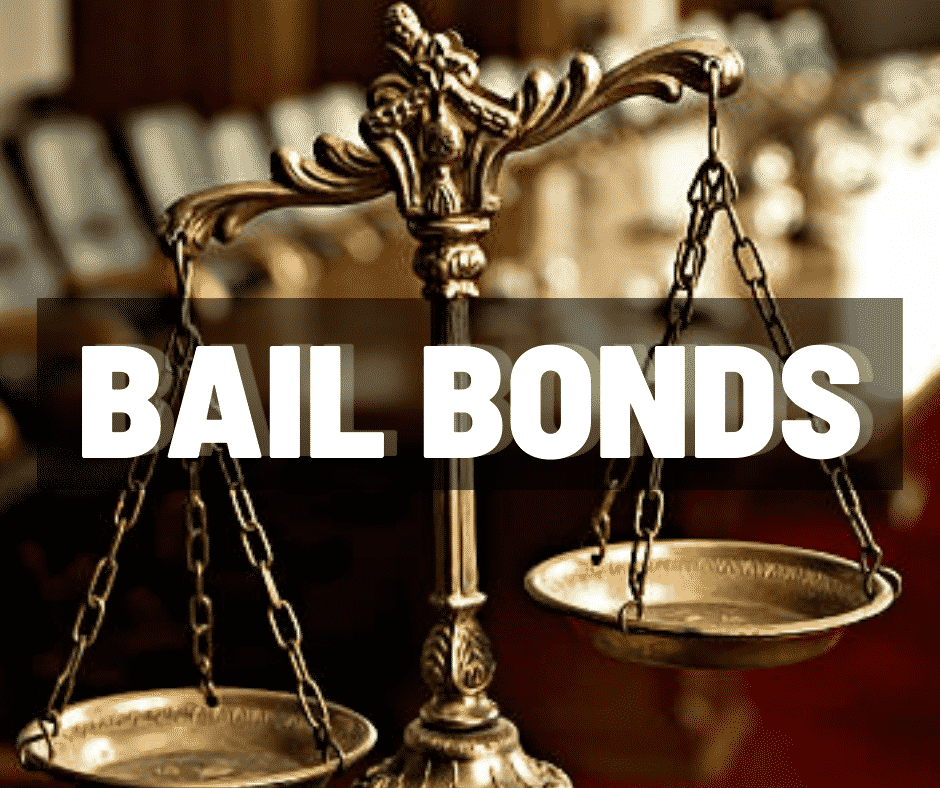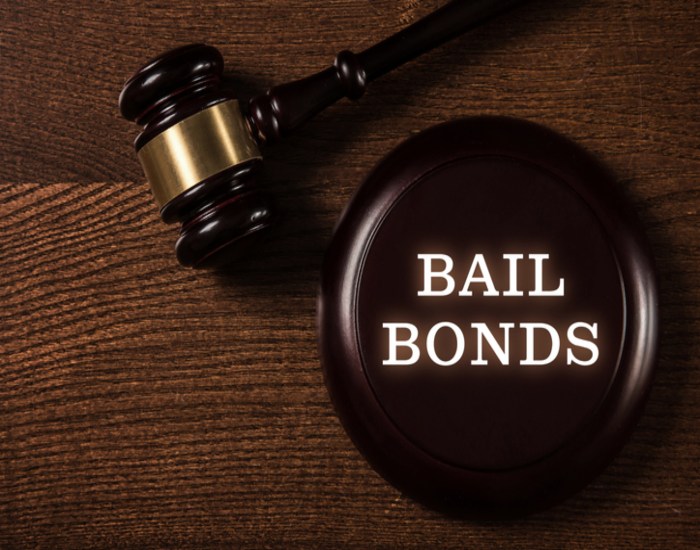Recognizing the Fundamentals of Bail Bonds and Their Functionality
Bail bonds play a crucial role in the judicial system, functioning as an economic assurance that an offender will certainly return for their court look after being given temporary launch from jail. This system not only helps with the person's freedom but also underlines the importance of liability within legal process. While the process may show up simple, various variables, consisting of the sorts of bail bonds and connected prices, substantially influence its capability. Comprehending these complexities is crucial for realizing exactly how this system operates and its more comprehensive effects for both offenders and the legal structure.
What Are Bail Bonds?
Bail bonds offer as a financial assurance that ensures a person will show up in court after being released from custodianship. Basically, a bail bond is a contract in between a bondsman, the court, and a co-signer or the accused, which permits the accused to secure their release from prison while awaiting test. The amount of bail is set by a judge, reflecting the seriousness of the fees and the risk of flight.
When an accused can not manage the bail quantity, they might look for the services of a bond bondsman, that commonly bills a non-refundable charge, normally around 10% of the total bail amount. This fee compensates the bail bondsman for the threat they absorb ensuring the offender's look in court.
If the offender falls short to show up, the bail bondsmansman is in charge of the full bail amount, triggering them to take needed actions to return the defendant and find to custodianship. Bail bonds serve an essential role in the judicial system, providing people with the chance to keep their flexibility during the legal process while making certain responsibility in fulfilling court obligations.
Exactly How Bail Bonds Job
A bail bond operates as a monetary instrument that assists in a defendant's launch from jail while ensuring their commitment to participate in all required court appearances. When an accused is jailed, a judge sets a bail quantity based on numerous elements, including the extent of the supposed crime and the offender's flight risk. If the accused can not afford to pay the bail quantity directly, they can look for the services of a bail bondsman.
The bail bondsmansman bills a non-refundable charge, commonly a percentage of the overall bail amount, to publish the bail on the accused's behalf. In this plan, the bail bondsmansman thinks the economic risk and guarantees the court that the offender will certainly appear for their arranged hearings. The bail bondsman is responsible for paying the complete bail quantity to the court. if the offender falls short to show up.
Subsequently, the bail bondsman will frequently pursue the offender to recover the shed funds. This system not only permits defendants to regain their flexibility while awaiting trial however additionally works as a motivation for them to follow court demands, fostering respect for the judicial process.
Types of Bail Bonds
Different sorts of bail bonds cater to different scenarios and needs within the judicial system. 1 Percent Bail Bonds. The most usual kind is the guaranty bond, which includes a third-party bail bondsmansman who assures the complete bail total up to the court for a cost, generally around 10% of the complete bail. This cost is non-refundable
An additional kind is the cash bond, where the accused or their family pays the full bail amount in cash directly to the court. If the offender shows up for all court dates, the cash money is reimbursed at the conclusion of the instance, minus any kind of court costs.
Residential property bonds are likewise used, permitting defendants to use equity in property as security for their bail. This requires a residential property assessment and can be extra complex, as the court puts a lien on the property.
In some jurisdictions, federal bonds are available for federal offenses, which frequently have higher quantities and various guidelines. immigration bonds are specifically made for people apprehended by migration authorities, permitting them to protect release while waiting for immigration proceedings. Each kind of bail bond serves unique features, dealing with varied situations in the legal process.
Duty of Bail Bond Professionals

Bail bond representatives examine the circumstance of the defendants, establishing their eligibility for a bond based on various elements such as the nature of the fees, flight risk, and personal situations - Low Income Bail Bonds. They typically need security to mitigate their financial risk, guaranteeing that they can cover the complete bail quantity if the defendant stops working to appear in court

Costs and prices Involved
Comprehending the fees and costs linked with bail bonds is crucial for defendants and their families navigating the lawful landscape. When protecting a bail bond, the main charge is the costs, commonly established at 10% to 15% of the total bail amount as mandated by state policies. This charge is non-refundable, even if the defendant is acquitted or the fees are try here gone down.

In many cases, individuals may require to provide collateral, such as realty or individual residential or commercial property, to protect the bond. If the offender stops working to show up in court, this security can be taken. Recognizing these monetary commitments is important, as it makes sure that accuseds and their households can make enlightened choices in a difficult scenario while safeguarding their financial passions.
Verdict
In recap, bail bonds function as a vital device within the legal system, making certain that accuseds can protect temporary launch from prison while maintaining accountability for their court looks. By comprehending the different sorts of bail bonds and the function of bail bond agents, individuals can navigate the complexities of this process better. Inevitably, the framework of bail bonds fosters conformity with judicial needs, thus adding to the stability of the legal procedure.
Basically, a bail bond is an agreement between a bail bondsman, the court, and a co-signer or the accused, which enables the offender to protect their launch from prison while awaiting trial. If the defendant can not manage to pay the bail quantity straight, they can seek the services of a bail bondsman.
The bail bondsman bills a non-refundable cost, typically a percent of the overall bail amount, to upload the bail on the accused's behalf. If the offender fails to show up, the bail bondsman is liable for paying the full bail quantity to the court.
The most common type is the surety bond, which involves a third-party bail bondsman that guarantees the full bail amount to the court in exchange for a charge, generally around 10% of the total bail.